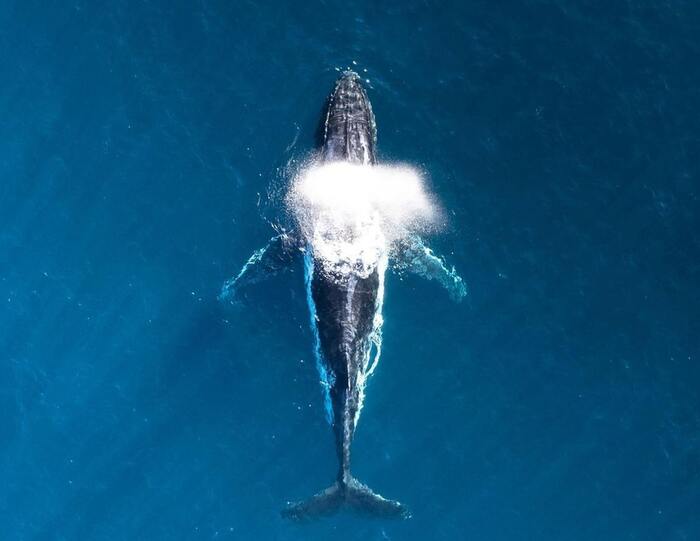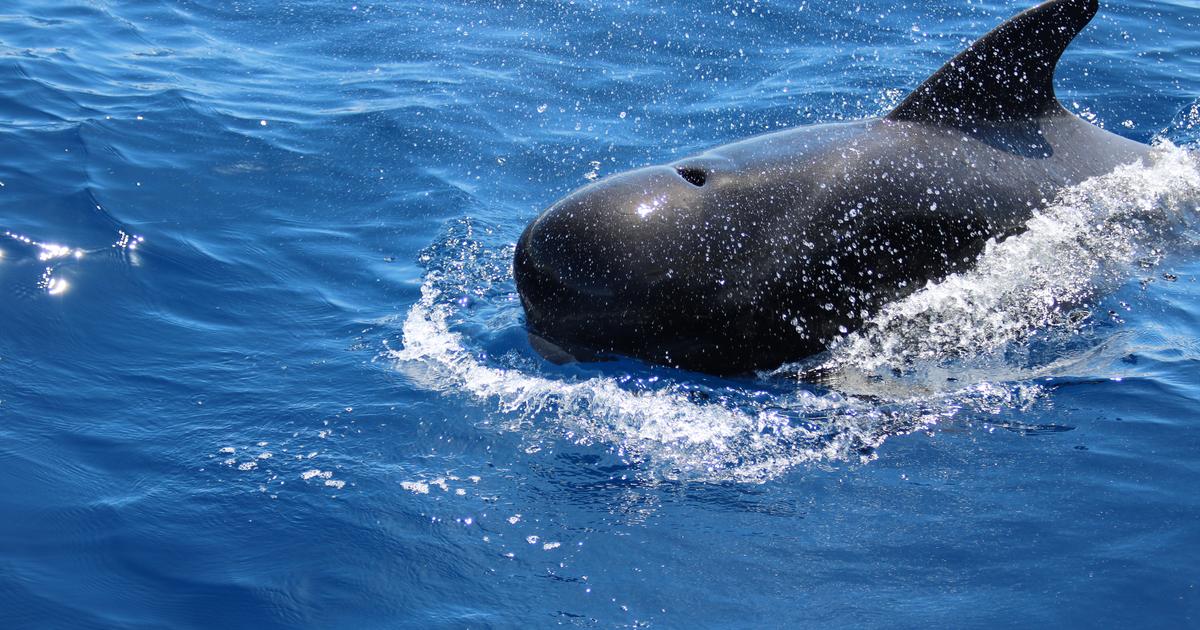From the sperm whale to the arctic whale, from the humpback whale to the blue whale, those responsible have been identified who have made whales into the majestic giants of the sea they are today: these are four genes in particular, which in addition to favoring larger sizes have also allowed them to keep the disadvantages due to the bulky size, such as the increased risk of developing tumors, are at bay.
The result of the research, coordinated by the Brazilian University of Campinas, is published in the journal Scientific Reports.
Whales, dolphins and cetaceans evolved from small land-dwelling ancestors about 50 million years ago, but some species are now among the largest animals to ever live on Earth.
To understand what made this evolutionary path possible, the researchers coordinated by Mariana Nery took into consideration nine candidate genes: five of these are linked to hormones and growth factors (proteins capable of stimulating cell proliferation), while the other four are associated with larger body sizes in ungulates such as cows and sheep, which are distantly related to whales.
The authors of the study analyzed these nine genes in as many as 19 species of whales, including 7 species whose body length exceeds ten meters and which are therefore considered giants: the sperm whale, the Arctic and gray whale, the humpback whale, the North Pacific fin whale, fin whale and blue whale.
Four of the genes examined (GHSR, IGFBP7, NCAPG and PLAG1) were found to be linked to the enormous size of these specimens and also seem to function as controllers of different aspects of the cell life cycle and as suppressors of various types of tumours.






